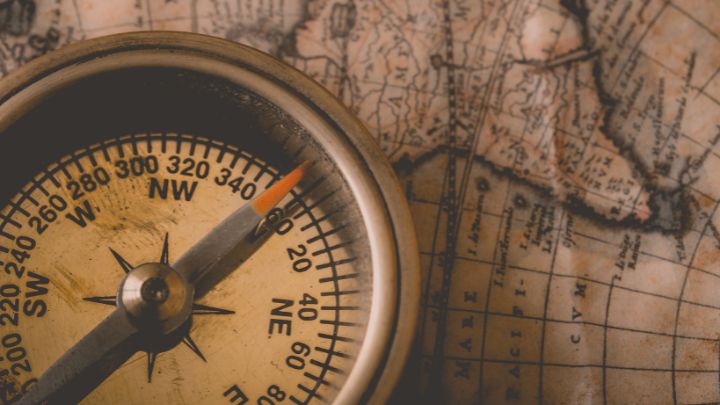For Christmas this year, my dad gave each of my boys a small compass. They are all at the age where learning to use a compass would be a good skill to have. Of course, in order to properly use a compass for navigation, they need to understand a little bit about how a compass works.
Before the invention of the compass, navigation was done through the sighting of different landmarks along with observing celestial bodies. The sun of course could always be used to determine east and west, while the North Star clearly indicated in which direction was north. Some navigators would even track the flight paths of birds and sea debris. But around 2000 years ago during the Han Dynasty (202 BC – 220 AD), the Chinese were able to tap into another natural feature to navigate more reliably: the magnetic field of the earth.
Since the core of the earth is comprised of the metallic elements iron and nickel, a magnetic field is generated around the entire globe. As with all magnets, the earth has a north pole and a south pole. The south pole end of a magnet is attracted to the north pole end of another magnet, and vice versa. Making use of this feature, the Chinese developed a compass out of lodestone, a naturally magnetized stone of iron. This naturally occurring magnet aligns itself with the earth’s magnetic field to point in the north/south direction. Initially the Chinese used this rudimentary compass for fortune telling, but its use in navigation was prolific around the globe by the mid-11th century. Those later compasses began using iron needles which were magnetized by striking them with a lodestone.
However, by the 15th century, explorers discovered a slight problem with the magnetic compass. The magnetic poles are not fixed to True North, the geographic North Pole where all of the lines of longitude converge. There is a drift of the magnetic pole away from the true direction of north on the map. This is known as magnetic declination.
And the magnitude of this shift varies depending on where you are in the world so many topographical maps will indicate the amount of magnetic declination for that particular region. For example, the current declination from Greenwich in London is only 0.84 degrees West, but from New York, it’s 3.33 degrees East. Consequently, before heading north from London, you would need to add 0.84 degrees to your calculations but heading north from New York you would need to subtract 3.33 degrees from your calculations.
That seems like such a small adjustment though. Does that really even matter? Well, if only traveling north for a city block or two, then no, not really. But the longer you travel, the farther from your destination you would end up. Consider that in general, for every 60 miles you travel, if you are 1 degree off course, then you will end up roughly 1 mile off your destination (right triangle trig work there!). So, if you were traveling from New York to Montreal, a distance of roughly 375 miles north, and did not make the magnetic declination adjustment, you would miss Montreal by nearly 22 miles!
Therefore, in order to truly find your destination, you must continually check that you have the right heading and make the correct adjustments. Your compass alone will actually lead you to a different place than you think you are heading from your map.
What I hope my children will learn from this compass is that not only is this good practice in land navigation, but it is a good practice in life. As they go through life, they will encounter lots of direction and instruction from the world. Much of it will sound good enough. Maybe the person giving the advice seems really nice. What harm could it cause? But when that advice is off of True North, they can end up so far from their intended destination.
We certainly wouldn’t use a map that had been rearranged with things out of place, one that said Europe was actually in South America or that Australia was north of Canada. We could never make it to the right place. Equally, we wouldn’t follow directions from someone who didn’t know the way, maybe telling you to head east from Ohio to find Montana. Yet it seems we so easily do that in life. Whether someone sincerely believes Montana is east from Ohio or whether someone is intentionally misleading you, it would serve you well to check it against a true map before heading out on your trip.
Likewise, we must always be checking the advice and direction of our lives against the True North of God’s Word. Only then can we know we are actually headed in the right direction. If we blindly follow the guidance and instruction of the world, then we know we will end up far from God. It underscores the importance of basing our decisions on biblical truth and not worldly wisdom. As we approach a new year, may we focus our hearts and live our lives like the Psalmist says in Psalm 119:105, “Your Word is a lamp unto my feet and a light unto my path,” that every step we take would be consistent with God’s Word.




